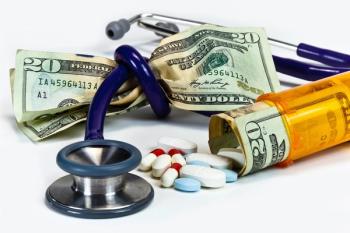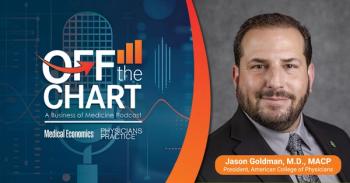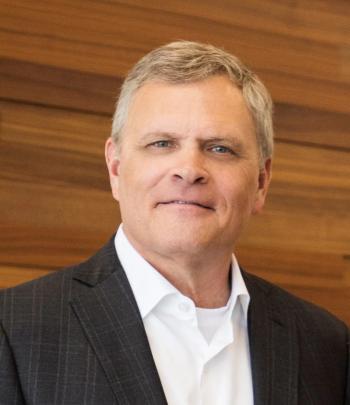
Why aren’t Americans seeing primary care doctors?
Americans have seen their primary care physicians less and less- here's why.
Visits to primary care doctors have been falling for decades in the U.S., and rising out-of-pocket costs are the main, although not the only, reason why.
That is the conclusion of two recent studies of trends in visits to primary care physicians (PCPs), one looking at the period 2008 to 2016 and the other 1998 to 2017. It calls into question the widely -held assumption among healthcare policymakers that lack of insurance coverage is the main obstacle patients face in obtaining medical care, especially primary care.
One of the studies,
After adjusting for changes in age, income and location among enrollees, the study found a 24 percent decline in PCP visits. Moreover, by the end of the period, 46 percent of the people in the study had no PCP visits in a given year, up from 38 percent at the start of the period.
The authors offer three possible explanations for the trend: first, that patients are becoming more comfortable with going online to get information for addressing non-acute needs, and communicating with their doctor electronically rather than in person for some acute medical needs.
Second, more adults are enrolled in commercial plans with deductibles and/or copays for primary care visits and the payment amounts required for both have been increasing, thus discouraging people from seeking care. As evidence, the authors note that the decline in PCP visits was largest among people with low incomes, a group that other studies have shown to respond the most to higher out-of-pocket costs.
The third possibility, the authors say, is that patients are replacing PCP visits with visits to specialists, or obtaining primary care at urgent care centers, retail clinics, or via telemedicine.
The
More disturbingly, the study finds more people with some common chronic conditions were unable to afford doctor visits. For patients with cardiovascular disease, the increase was 5.9 percent, for those with elevated cholesterol it was 3.5 percent, and for those with binge drinking it was 3.1 percent. The proportion of chronically ill patients receiving checkups did not change, however.
The authors note that these shifts took place despite increases in the number of insured Americans during the study period resulting from the Affordable Care Act, suggesting that “increasing copayments and deductibles have decreased the affordability of physician visits for this group [people with insurance].” They also cite a RAND Corporation estimate that total healthcare expenditures nearly doubled for consumers between 1999 and 2009, far outstripping the inflation rate.
In
Newsletter
Stay informed and empowered with Medical Economics enewsletter, delivering expert insights, financial strategies, practice management tips and technology trends — tailored for today’s physicians.
















